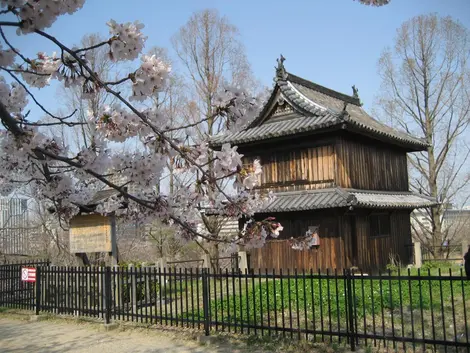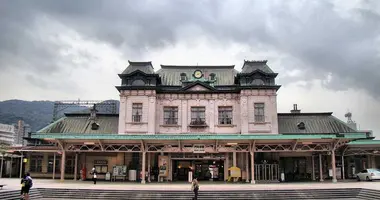Fukuoka Castle 福岡城
- Published on : 07/10/2015
- by : Y.D
- Youtube
The Stone Castle
The Maizuru garden is the perfect place to do a hanami, spring picnic. It benefits every year from the magnificent spectacle of sakura cherry blossom. But it is also a place where we find the ruins of Fukuoka Castle.
The efforts of Kuroda Nagamasa and his son, Kuroda Josui, at the Battle of Sekigahara in 1600 in the ranks of Tokugawa Ieyasu allowed them to recover the stronghold of Chikuzen. A fief worth 523,000 koku of rice (old measurement), a considerable reward for the time.
Why "Fukuoka"?
Today it is clear to the locals that Fukuoka and Hakata are - with some nuances - two names for the capital of the prefecture.
The name "Fukuoka", carried by the castle and the city, is a tribute that Kuroda Nagamasa wanted to pay to his homeland: Fukuoka, city of the province of Bizen (currently Okayama Prefecture ). There are thus two Fukuoka in Japan.
Speaking of place names, the Fukuoka Castle's garden, the Maizuru garden is named after the fact that we can see from Hakata Bay, the "crane dance" (Maizuru 舞鶴 in Japanese).
Interior and decor
At the time Fukuoka Castle's architecture was truly gorgeous, with 10 gateways and 47 towers bordered by a moat (now the Ohori Park), whose source came directly from the sea. The castle also includes imposing stone walls built thanks to the skills of masons of Osaka Castle. Hence its nickname sekijo 石城, "stone castle".
Visitors can still see the Minamimaru (the surviving castle keep) on the tower and the impressive stone walls.
For several years, the history of the castle was unknown, even to the locals. Through the taiga drama of 2014, about the life and history of the daimyo (lord) Kuroda Kanbei, the prestige of the castle went up sharply. Works and excavations are today undergoing sturdyly.


















